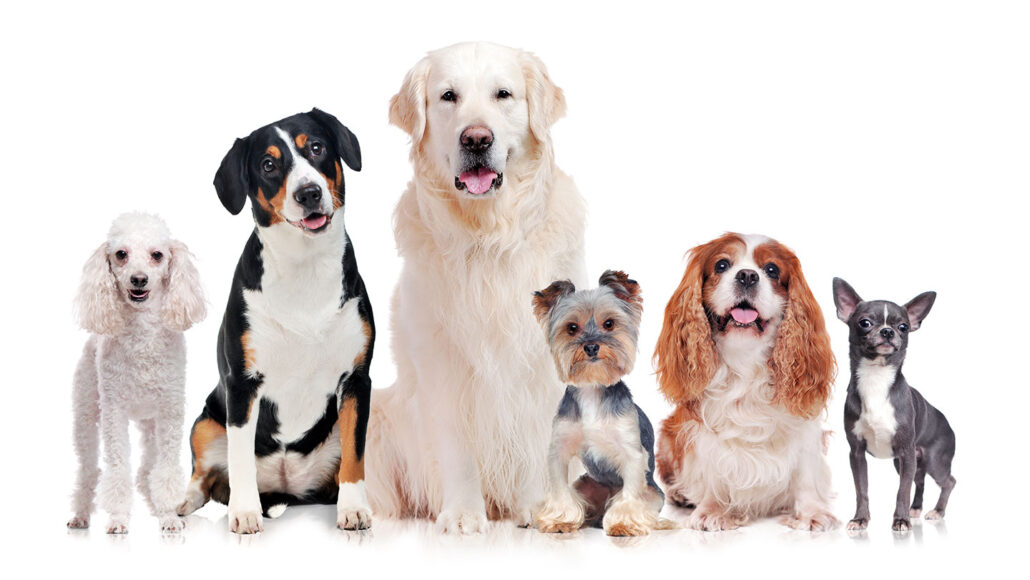
Animals
Explainer: What is animal domestication?
The difference between a dog and a wolf isn’t looks or genes or even behavior. It’s the relationship these animals have with people.
Come explore with us!

The difference between a dog and a wolf isn’t looks or genes or even behavior. It’s the relationship these animals have with people.
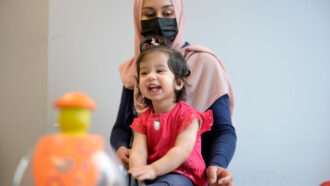
Ayla was treated before birth for the rare, life-threatening Pompe disease. Now a thriving 16-month-old toddler, her treatments will still need to continue.
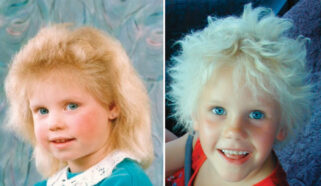
A variant of a gene involved in hair-shaft formation was linked to most of the uncombable-hair-syndrome cases analyzed in a recent study.
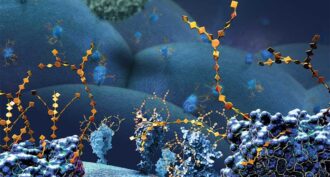
This so-called ‘click chemistry’ allows scientists to build complex molecules in the lab and in living cells.
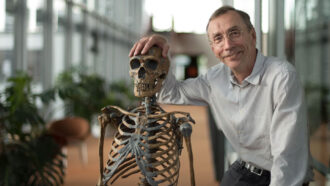
Svante Pääbo figured out how to examine the genetic material from these hominid ‘cousins’ of modern humans.
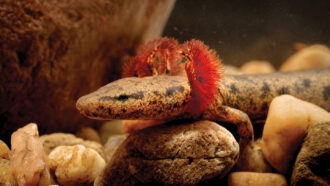
The genomes of salamanders are bloated with genetic “parasites.” That extra DNA slows down their lives and strands them in perpetual childhood.
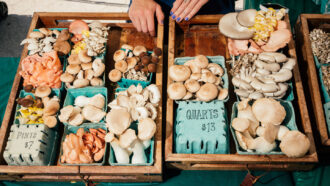
Although some fungi can cause diseases, others can be eaten, used to make medicines or serve other useful functions.
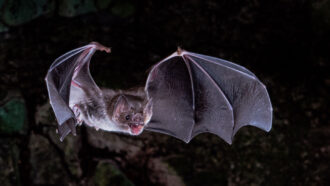
Loss of 13 genes active in other bats could support the vampires’ blood-eating strategies and adaptations.
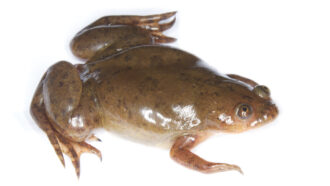
The treatment helped frogs grow working limbs useful for swimming, standing and kicking. It’ll be a while before people can do that.
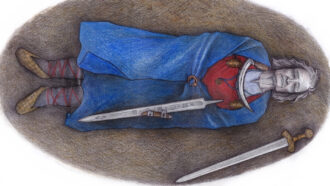
A 1,000-year-old grave in Finland, once thought to hold a respected woman warrior, may belong to someone who didn’t have a strictly male or female identity.